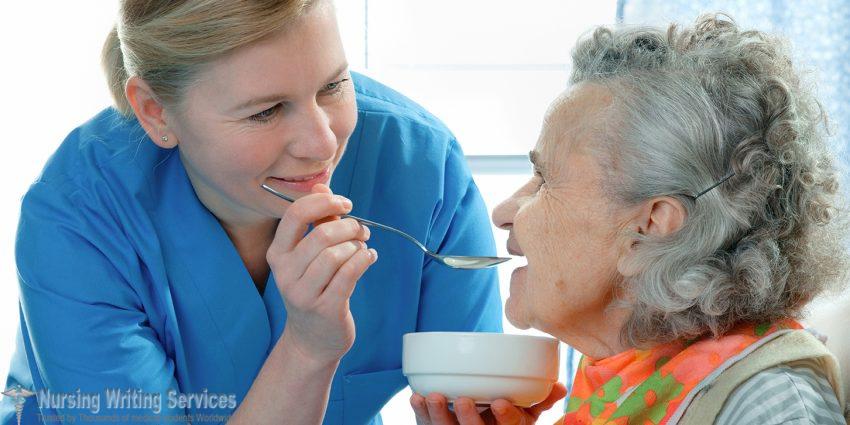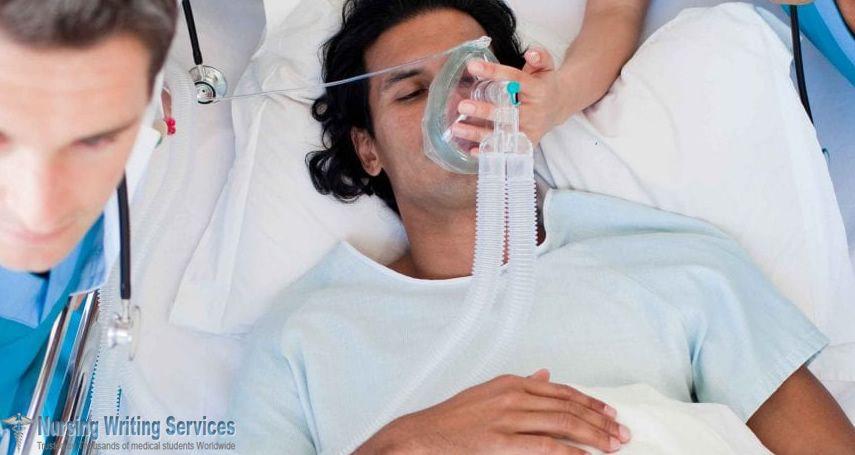Hospitals admit patients who require critical care in regular or intensive care units. Both units serve critically ill patients who need special care, but they are different in these ways;
Progressive Care
Hospitals might use progressive care for varying purposes in different facilities, but most utilize it as an intermediary step between an ICU and a medical/surgery floor. The patients in this still need a high level of specialist nursing surveillance and care although they are more stable than the patients who require critical care. They receive care in a specialized facility called the progressive care unit. Others refer to it as step-down, transitional, intermediate care or telemetry unit. PCU is a unit specializing in treating surgical and medical patients who are in a condition that is too complex for attention at regular hospital floors but not serious to warrant admission at intensive care unit.
The nurse to patient ratio at PCU is higher than in ICU standing anywhere from 1-3 to 1-5 patients which is still lower than a med.sug unit. Some hospitals offer general progressive care, but others have more focus on specific conditions such as cardiac care. PCU patients receive treatment for various pulmonary and cardiac problems. It includes the patients who have begun taking potent drug regimens requiring monitoring. Other patients who are likely to need progressive care are those with:
1.Stroke
2.Defibrillators
3.Myocardial infractions
4.New pacemakers
The nursing care that PCU patients require is more than what they can get at general nursing units. For a reason for more attention, PCU personnel must work in close-knit environments with more support staff that those in general care units. PCU has an additional nursing staff including nursing assistants, unit clerks and patient care technicians. Progressive care in different hospitals might vary. Some of the progressive care units offer specialized help with a design that focuses on caring for a specific segment of patients like those with respiratory or cardiac problems.
Others have a design to eclectic focusing on care for a wide assortment of patients.
The name of a PCU might also vary in certain hospitals. Some hospitals might call them by other names like intermediate care unit. The units might also vary in size. Some hospitals might have 12 or fewer beds while others have up to 30 beds. Patients receiving progressive care get extra nursing care for their medical conditions and close monitoring but not for the same level of intensity of patients in ICU. The health status of the patient in PCU often is improved to the extent that the patients under close monitoring can start eating, stand and probably move around.
Intensive Care
This type of care as the name indicates is for the patient who requires the highest level of care that stabilizes the condition. Patients receive intensive care in an intensive care unit (ICU), a special facility in a hospital or other healthcare facility to serve the extremely ill. People also refer to ICU by these other names.
- Intensive treatment unit
- Critical care unit (CCU)
- Intensive therapy unit (ITU)
A patient admitted in an intensive care unit requires constant monitoring. The monitoring involves the use of specialized equipment that might include cardiac monitoring, mechanical ventilation and multiple IV lines.
ICU patients are unstable and might be relying on a range of equipment such as artificial ventilators for patients who cannot breathe and most of the machines beep or set off an alarm to alert staff if the condition of a patient changes. There might be much medical staff in ICU, but each patient is likely to have a dedicated specialist nurse to check any life support systems and other equipment regularly. The patients in the unit cannot feed without help. Most rely on several tubes for input of nutrients or fluid while others remove fluids out of the body.
ICUs usually have a large care team that might not provide care at the same time, but each of them provides service that complements the care beach professional to save the life of the patient and enable healing. The specialists who make up the team of an ICU team include:
- Physicians
- Nurses
- Patients care, technicians
- Physical therapists
- Pharmacists
- Dieticians
- Respiratory therapists
- Critical care coordinators
Since the patients at ICU are in critical condition, the nurse to patient ratio is low with most hospitals assigning one nurse to one or two patients only. They work in shifts to offer round the clock monitoring.
Both progressive and critical care requires a team that offers extra care and surveillance. The intense care in these units is responsible recovery from life-threatening illnesses and injuries.






